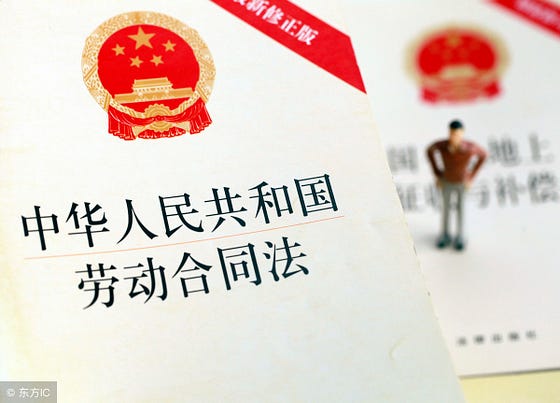
The landscape of relationships has evolved considerably in recent years, with a significant increase in older women-younger men romances in China. As seen on the popular Chinese social media platform Weibo, discussions on this topic reveal that the proportion of these relationships has risen from 13% to 40%. This article delves into the factors behind this fascinating trend and examines how it relates to broader societal changes in China.
Shifting Gender Roles
The traditional expectations of men and women in Chinese society have undergone considerable changes. Women are now more empowered, pursuing careers and personal ambitions, which has affected their preferences in romantic relationships. This shift has paved the way for older women-younger men romances, where younger men are seen as more willing to accommodate and support their more senior partners' aspirations.
Economic Factors
Economic considerations also play a significant role in the rise of older women-younger men relationships in China. Previously, women might have sought older, financially secure men to ensure a comfortable lifestyle. However, with increased financial independence, women are more likely to prioritise emotional and personal compatibility over economic stability.
Societal Acceptance
The growing acceptance of older women-younger men romances is further propelled by popular culture in China. Television dramas, movies, and other media have begun to portray such relationships positively, contributing to the normalisation of these dynamics. Shows like "爱情而已" (Just Love), which feature a healthy, equal older woman-younger man relationship, have become widely popular.
The Influence of Online Dating Platforms
The rise of online dating platforms has made connecting with potential partners outside of their usual social circles easier. This has led to an increase in older women's younger men relationships as women have a broader pool of potential partners, including younger men [5].
The Search for Emotional Support
Another factor contributing to the rise of older women-younger men romances is the desire for emotional support and understanding. As the demands of modern life place increasing stress on individuals, many women are turning to younger partners who are more empathetic, open-minded, and supportive, offering a refreshing alternative to traditional relationships.
In conclusion, the rise of older women-younger men relationships in China can be attributed to various factors, including shifting gender roles, economic considerations, societal acceptance, the influence of online dating platforms, and the search for emotional support. This trend not only reflects the changing dynamics of romantic relationships in China but also highlights the broader societal changes that the country is experiencing.
Citations
[1] 每天学点经济学. (2023, April 15). 为什么现在姐弟恋越来越多. Weibo. Retrieved from https://www.weibo.com
[2] 海牛蕾姆. (2023, April 15). 为什么现在姐弟恋越来越多. Weibo. Retrieved from https://www.weibo.com
[3] 红棉·. (2023, April 15). 为什么现在姐弟恋越来越多. Weibo. Retrieved from https://www.weibo.com
[4] 三联生活周刊. (2023, April 15). 爱情而已 国剧姐弟恋天花板. Weibo. Retrieved from https://www.weibo.com












